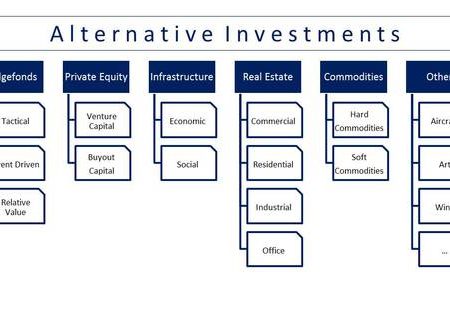Characterizing Major Merger Waves
Firstly, I will be talking about the merger and acquisition history of United States of America and secondly I will focus on the major merger waves that kind of propelled and excelled under the regulatory set-up (so, I am assuming that most of the mergers during the 19th century were forceful and executed without taking care of consumer surplus considerations).
The first merger wave took place during 1897 to 1904. Firms merged in order to form monopolies (monopoly is created by horizontal merger – an acquisition of a firm in the same industry as the acquiring firm. These firms usually compete with each other in the same product line). Anti-trust acts like Sherman Act (1890) failed to reduce industry concentrations. In fact, the Supreme Court juries were divided to understand the possible evil impacts of monopoly on consumer surplus. By the way, during this wave, American railroad companies made their countrywide networks and much of this regional integration was funded by series of merger & acquisitions.
The second merger wave took place during 1916 to 1929. This time government was better equipped with Clayton Act (1914). Since the lawmakers were vigilant, there were fewer monopolies and most of the merger and acquisition transactions enhanced business size through vertical mergers (a vertical acquisition involves firms at different steps of the production process. The acquisition by an airline company of a travel agency would be a vertical acquisition).There had been a conscious effort from investment bankers to get things done within a legal and ethical framework.
The third merger wave took place during 1965 to 1969. Lawmakers were desperate at this time to stop monopolies; concepts like concentration ratio and HH Index were introduced during this merger wave. Anti-trust acts like Celler-Kefauver (1950) were super strong. Most of the mergers of this era were conglomerate by nature (the acquiring firm and the acquired firm are not related to each other. The acquisition of a food-products firm by a computer firm would be considered a conglomerate acquisition) and these mergers mostly failed.
The fourth merger wave took place during 1981 to 1989. Short-term moneymaking was the major motive behind mergers during this era. Newer terms– like corporate raider & merger arbitrage in the merger & acquisition dictionary. This era of the merger can be denoted by increased use of debt (LBO and MBO) and increased sophistication of takeover strategies.
The fifth merger wave took place during 1992 to 1998. It was a post-globalization merger wave and it helped MNCs in leveraging their brands across countries.
Date: 04 October 2017
Blog Writer: Hussain Ahmed Enamul Huda











Leave a Reply